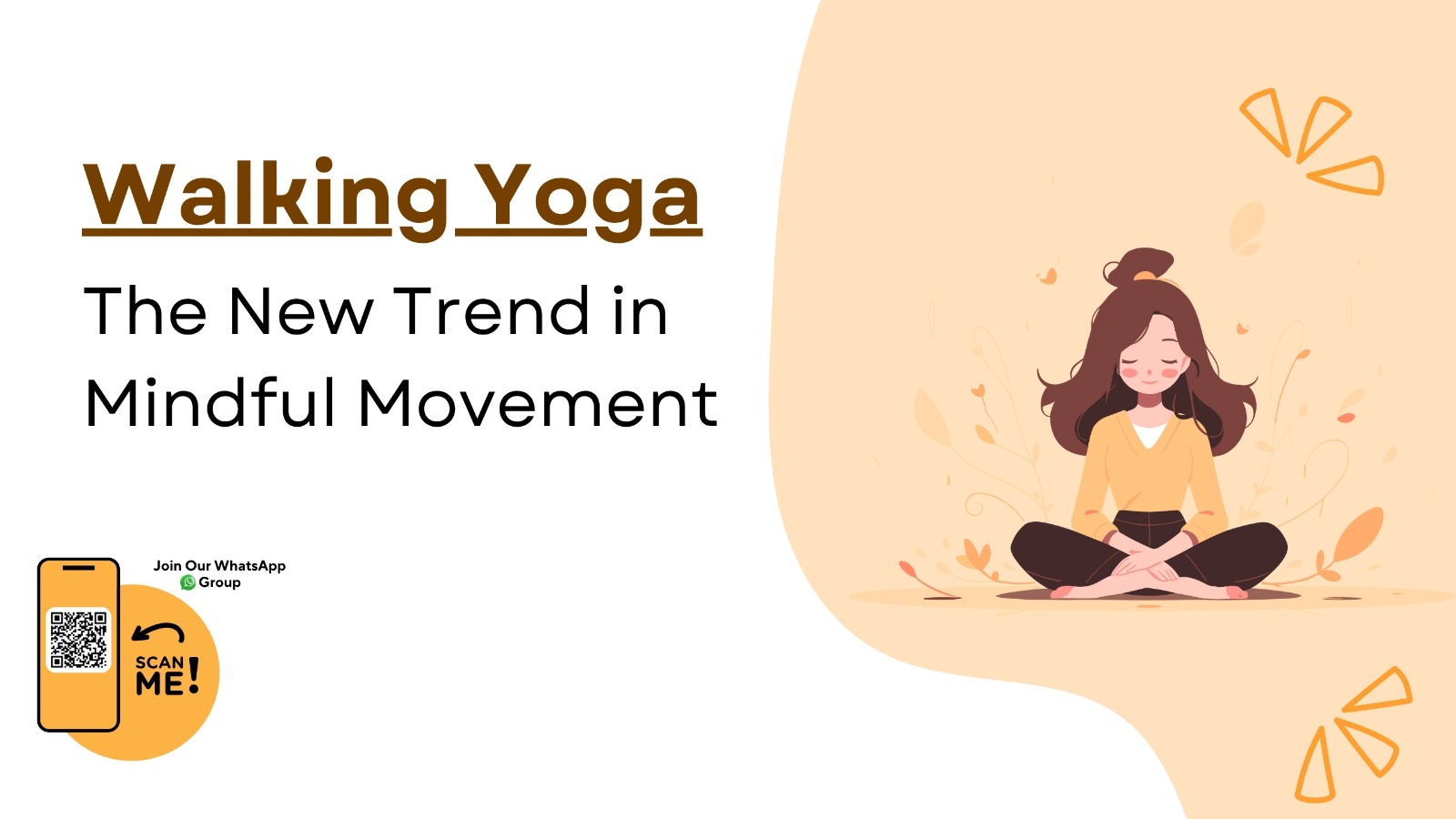In today’s fast-paced world, people are seeking ways to blend physical health, mental clarity, and convenience. Enter Walking Yogaa refreshing fusion of gentle walking and yoga that’s gaining global attention as a simple yet powerful way to reconnect with your body and mind.
What is Walking Yoga?
Walking Yoga combines the mindful awareness of yoga with the natural rhythm of walking. It is not just a physical activity; it’s a meditative, breath-coordinated movement practice. Unlike typical yoga sessions held on a mat, walking yoga is performed while movingoften outdoors in nature or even in urban parks.
This practice emphasizes:
- Conscious breathing
- Deliberate steps
- Gentle stretching
- Present-moment awareness
It’s suitable for all ages and fitness levels, making it one of the most accessible forms of yoga today.
Key Benefits of Walking Yoga
- Improves Mental Clarity
Walking yoga calms the nervous system by syncing breath with steps, helping reduce anxiety and overthinking. - Enhances Flexibility and Mobility
Gentle standing poses like Tadasana, Tree Pose, and shoulder stretches can be seamlessly integrated during walking breaks. - Boosts Circulation and Cardiovascular Health
Brisk mindful walking energizes the body and keeps the heart healthy without overexertion. - Increases Mindfulness
Every step becomes a chance to tune into bodily sensations and your surroundings—this enhances awareness and gratitude. - Great for Beginners and Seniors
Since it doesn’t require advanced balance or flexibility, it’s ideal for those new to yoga or those with mobility challenges.
How to Practice Walking Yoga
🔹 1. Start with Intention
Begin your session by standing still. Place your hands on your heart or abdomen. Set an intention for the walkpeace, clarity, or just presence.
🔹 2. Connect Breath and Step
Inhale for three steps, exhale for three steps. If that feels too short or long, adjust it until you find a natural rhythm.
🔹 3. Integrate Gentle Movements
Pause every few minutes to do standing poses:
- Tadasana (Mountain Pose)
- Shoulder rolls
- Side bends
- Forward fold
🔹 4. Walk in Silence
Try walking without your phone or music. Notice the sounds around you, the feel of your feet on the ground, the sway of your body.
🔹 5. Cool Down with Stillness
End with a few deep breaths or a short, seated meditation on a bench or mat.
Where Can You Practice Walking Yoga?
- Local parks and gardens
- Walking trails or beaches
- Indoor halls (for group walking meditation)
- Hospital wellness corridors (ideal for patients and staff)
Walking Yoga in Research and Wellness
Studies on mindful walking, especially in Buddhist traditions, show improvements in:
- Depression symptoms
- Blood pressure regulation
- Cognitive functioning in older adults
Yoga studios and wellness centers are now offering walking yoga sessions as part of outdoor retreats or community programs. It’s especially popular among people recovering from chronic stress or burnout.
Walking yoga invites us to slow down without stopping, to move with awareness, and to transform ordinary steps into sacred movement. Whether you have 10 minutes or an hour, walking yoga fits into your lifestyle and offers a nourishing pause in a hectic day.
Try it once and you might never want to take another unconscious step again.


